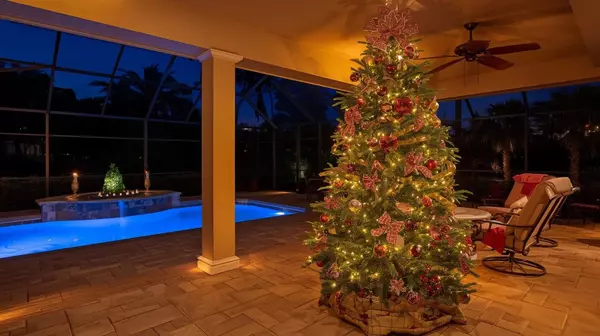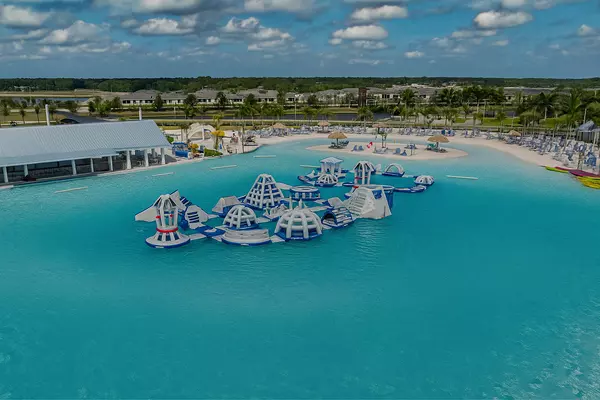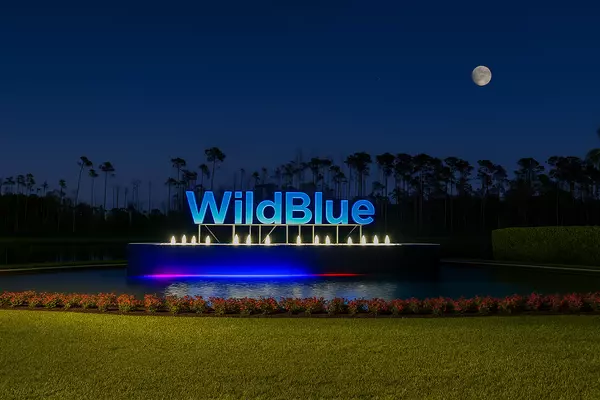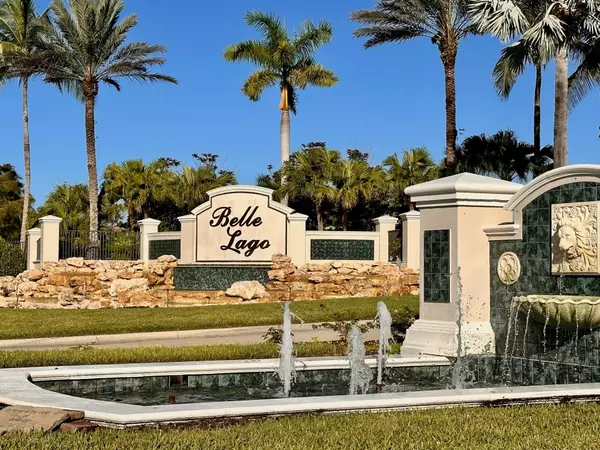Nestled between the Gulf of Mexico and the Everglades, Southwest Florida is a region of captivating beauty and ecological diversity. At first glance, newcomers might perceive the terrain as flat and unchanging, but a closer exploration reveals a dynamic landscape that seamlessly transitions between distinct ecosystems. From pine uplands to mangrove forests, cypress swamps to sawgrass marshes, the terrain of Southwest Florida is a tapestry of natural wonders waiting to be discovered.
1. Pine Uplands: Contrary to the initial impression of flatness, Southwest Florida is adorned with pine uplands that add dimension and character to the landscape. These elevated and well-drained areas are characterized by needle-leaf slash pine dominating the landscape. The nomenclature of these trees traces back to the early settlers who would deliberately "slash" the bark of the pines, collecting their sap for the production of turpentine and rosin.
2. Hardwood Hammocks: Stepping into the hardwood hammocks of Southwest Florida is like entering a lush and verdant oasis. These elevated patches of tropical hardwood trees, including oak and gumbo-limbo, offer a stark contrast to the surrounding terrain. Hammocks provide essential habitats for numerous bird species, deer, and other wildlife, creating pockets of biodiversity within the region.
3. Cypress Swamps: The enchanting cypress swamps of Southwest Florida evoke a sense of mystery and tranquility. The slow-moving water and towering cypress trees create an otherworldly atmosphere. These swamps serve as vital habitats for a myriad of aquatic species, including alligators, turtles, and various fish, contributing to the intricate web of life in the region.
4. Mangrove Forests: Venturing towards the coastline, newcomers will encounter the fascinating mangrove forests that thrive in the brackish waters where freshwater meets the sea. These resilient trees, with their distinctive prop roots, provide essential nurseries for marine life. Mangrove ecosystems act as a buffer against storms, prevent erosion, and support a rich diversity of marine and bird species.
5. Sawgrass Marshes: The iconic sawgrass marshes of Southwest Florida are an integral part of the Everglades ecosystem. These expansive wetlands are characterized by sawgrass prairies, which, despite their seemingly monotonous appearance, house a complex network of water channels and support a wealth of wildlife, from wading birds to alligators.
6. Open-Water Sloughs: Within the mosaic of ecosystems, open-water sloughs (pronounced SLOOs) meander through the landscape, connecting the various habitats. These slow-flowing channels are essential for maintaining water flow, sustaining aquatic life, and providing connectivity between different ecosystems, contributing to the overall health of the region's ecology. This environment is active with wildlife because it remains wet year-round.
Southwest Florida's unique terrain is a testament to the intricate dance of nature, where seemingly flat landscapes contradict the richness and complexity beneath the surface. As newcomers embark on their exploration, they'll discover that this region is not just a flat canvas but a living masterpiece of diverse ecosystems, each contributing to the vibrant tapestry that makes Southwest Florida a truly exceptional and awe-inspiring destination.












